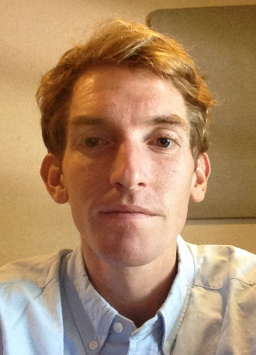- Home
- Training & Applications
- Calendar of Events
- Find a Therapist
- Membership
- Payments & Donations
A Therapist's Perspective of YPP
by Frank Tisano, MSW, LSW From Rockland Mansion to YESPhilly High School takes 15 minutes by car. You can get there by traveling south, through Fairmount Park, along the big boulevard at the art museum, and then up Broad Street, past the swarm of Temple students in university sweatshirts and residents in lab coats. YESPhilly High School is across the street from Dollar General and a kidney dialysis clinic. The school is on the 4th floor of a converted warehouse. From the industrial-sized elevator, you step into a cafeteria and the familiar markers of an educational setting—large student-made portrait paintings, bulletin boards with pamphlets on how to expunge a juvenile record, and colorful poster projects about topics like gentrification. The halls are noisy, but playful. Teachers stand in the doorways and banter, at once informal and firm. I’m told it’s actually much quieter, less drama, than the district schools that students were usually assigned to before arriving here. This school promises a fresh start, with fewer distractions. Except, of course, the accumulation of a lifetime of stresses and traumas. Students arrive to YESPhilly by public transit, which is located in what’s called- the badlands. The geography is invisibly divided by neighborhood cliques. Students sometimes shuffle between many multiple homes— sometimes a fight sparking a move, or an eviction, then back to the first one until things get too heated again. Some students juggle class while pregnant or parenting, or looking after younger siblings, or working late shifts at fast food restaurants, often smoking big lungfuls of marijuana to stop feeling so angry or hurt or alone. So, this is a thumbnail sketch of the setting where a handful of PCOP members have committed themselves for the past few years. It’s axiomatic to say the educated outsider who comes to the ‘hood learns more than the people they are trying to help. We do learn plenty of things we didn’t know before. But we are also trying to be more than outsiders—we are persistent, reliable people who are committed to understanding trauma and its sequelae, how it surges through people, and radiates out and around communities. Sticking around long enough to show consistency, predictability, warmth, and support. We often can’t make the hurt stop. But we can show it is possible to be heard and have your feelings recognized and contained. And this can sometimes mean the difference between learning and not learning. Between fighting and not fighting. Getting locked up or not getting locked up. Graduating or not graduating. Would you like to help? |

